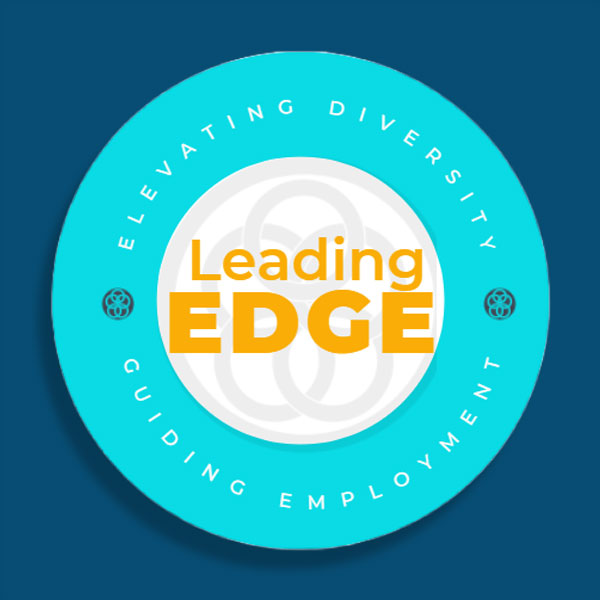Your Greatest Resource in 2024: Your People
For nonprofit organizations, your greatest resource is not AI-enhanced project management software. It’s not a bank of wealthy clients or donors. It’s not flashy premiums or clever campaigns. Your greatest resource in 2024 (and forever) is your people.
Ensuring your people are valued and supported is essential. Knowing what’s trending this year in human resources can help you give your employees what they need to stay engaged and motivated with their work.

Remote work is here to stay
It should come as no surprise, but people actually enjoy having some flexibility and autonomy over how they spend their time and get their work done! Cramming productivity into the standard 9-to-5 isn’t the most efficient routine for many folks — especially for parents, people caring for sick loved ones, and people with disabilities.
Providing a remote-first culture that empowers employees to take advantage of their most productive hours gives you a competitive advantage in the talent market — and you should anticipate more requests for flexible or part-time working arrangements from your current employees.
Gen Z reminds us to prioritize mental health
Gen Z is forecasted to overtake Boomers in the workforce this year — and if you’re going to retain and nurture your “Zoomers,” it’s important to know that depression, anxiety, loneliness, and isolation run high with this generation. Look for opportunities to increase mental health support and enhance existing mental health benefits, especially within a remote-first framework. Make sure mental health benefits are thoroughly explained to your existing staff (and clearly communicated to prospects!) — and prepare for more ADA mental health requests for accommodation or time off.
Whether an employee needs a couple of hours off every week for therapy or extra time on an assignment to accommodate a disability, all employees should feel safe and comfortable in their role.
Skills-based organizational structures are on the rise
Siloed, hierarchical teams are on the way out. Employees are not cogs to fit neatly into pre-determined roles, and an employee’s role shouldn’t determine the way they relate to other team members. Allowing work to match the interests and talents of an individual (rather than sticking to the traditional function-based structure) gives your employees room to blossom and perform their best work.
Prioritizing skills and capabilities and centering performance development will help your people grow with your organization — and will encourage them to stay!
Labor rights, turnover rates, and employee experience are all connected
Last summer’s strikes — from the United Auto Workers to the Writers Guild of America — led to a rise in necessary conversations around fair working conditions, compensation, and labor rights.
Employee turnover trends indicate that the “great resignation” is over: Resignations in the U.S. fell to the lowest level in more than three years. But research shows that people are still likely to change jobs within the next year.
What do these factors tell us? It’s more important than ever to keep a pulse on your people. No one wants to get to a point where a strike, walkout, or resignation feels like the only way to be heard or taken seriously.
Use existing data from exit interviews, self-evaluations, and new hire surveys to review your current hiring, onboarding, and training processes. Focus on what you can improve now, and build a sustainable framework to regularly assess how your employees are feeling about your organization.
Pump up your people power!
Your employees are the glue that holds your mission together. Even as we work to boost nonprofit giving and cultivate energized donors, it’s crucial to never overlook the people making it all happen. Invest in your employee’s professional growth and mental wellbeing, and you’ll build (and maintain) an incredible team to make the world a better place.




